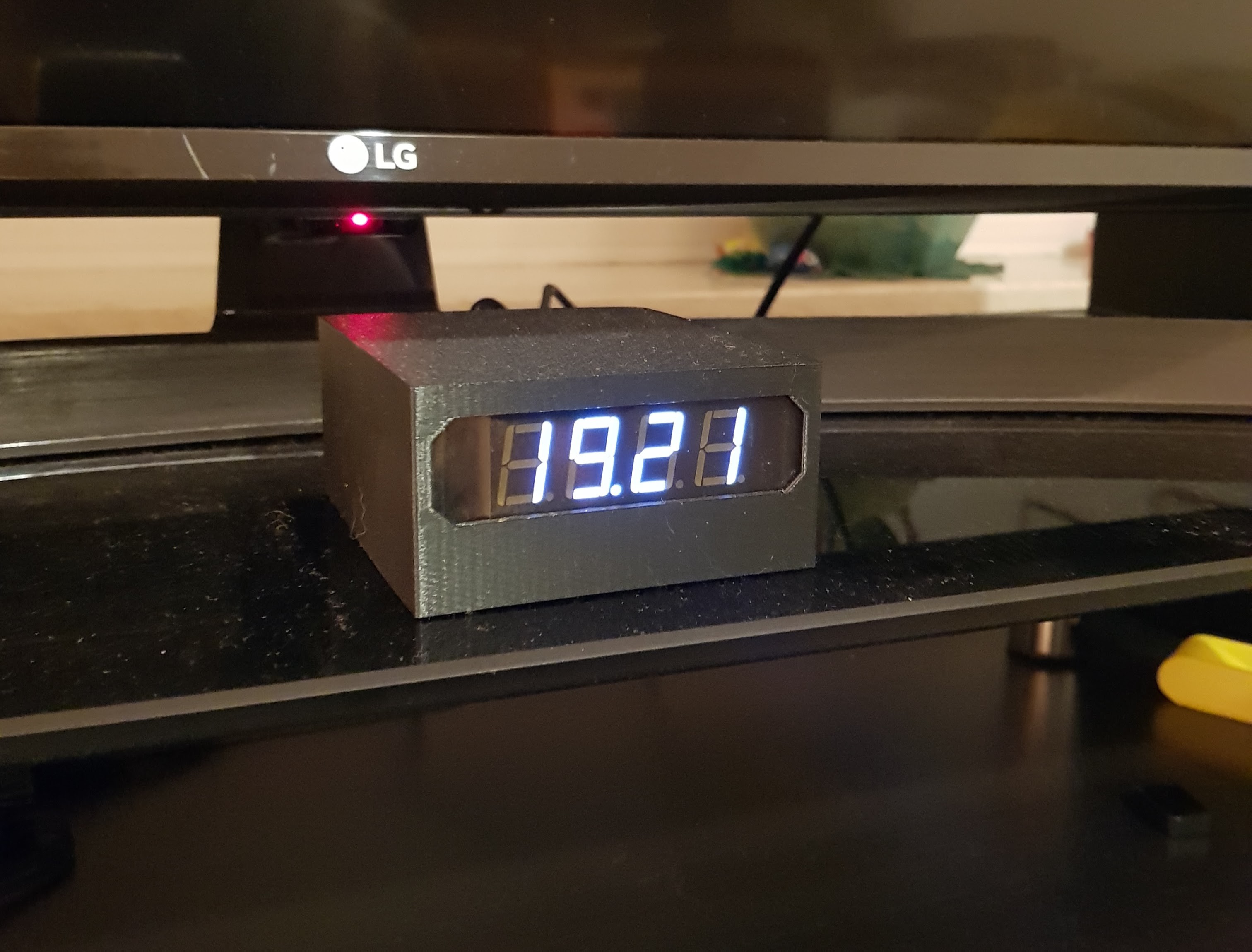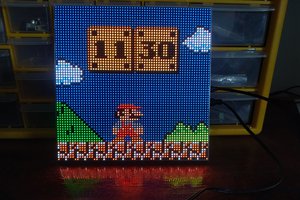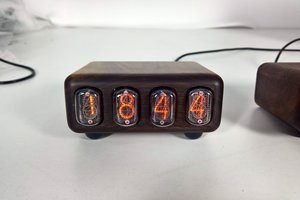Why?
My TV's audio output is connected to an hi-fi set via digital output. In this setup my TV ignores the volume controls from its IR remote, so I was forced to use another remote control (or worse, an app) for the speaker.
But if the volume controls are ignored by my TV, maybe something else can pick them up.
And my hi-fi has a web API (used by the companion app) that I can use to control its volume.
So why not connect my TV IR remote control to my Wi-Fi-enabled hi-fi?
The answer is this project. It listens to IR signals of my remote and calls volume control APIs. It also queries the current volume via API and shows it via a seven-segment display that can be read at a distance.
What
The software runs on an ESP8266 mounted on a WeMos D1 Mini module, soldered to a custom-made PCB. The micro is connected to a TSOP1738 IR receiver and a LED display matrix driver, driving four 7-segment displays. Both MAX7219 and TM1637 are supported. A few passive components do the level shifting.
All the hardware is enclosed in a 3D-printed case, with openings for the display, the IR and the power via micro-USB.
The source code can be found at https://github.com/egueli/SamsungM7_IR .
The enclosure's Fusion 360 project can be found at https://a360.co/3twnBLK.
Notes about the schematic/PCB
The display is a ready-made RobotDyn 4-digit 7-segment TM1637 module mounted vertically.
- Part of the board is dedicated to an attempt to add a digital audio processor. It's not relevant for this project and the board pads can be left unpopulated.
 Enrico Gueli
Enrico Gueli

 Jonathas Barbosa
Jonathas Barbosa
 leumasyerrp
leumasyerrp
 mladen
mladen